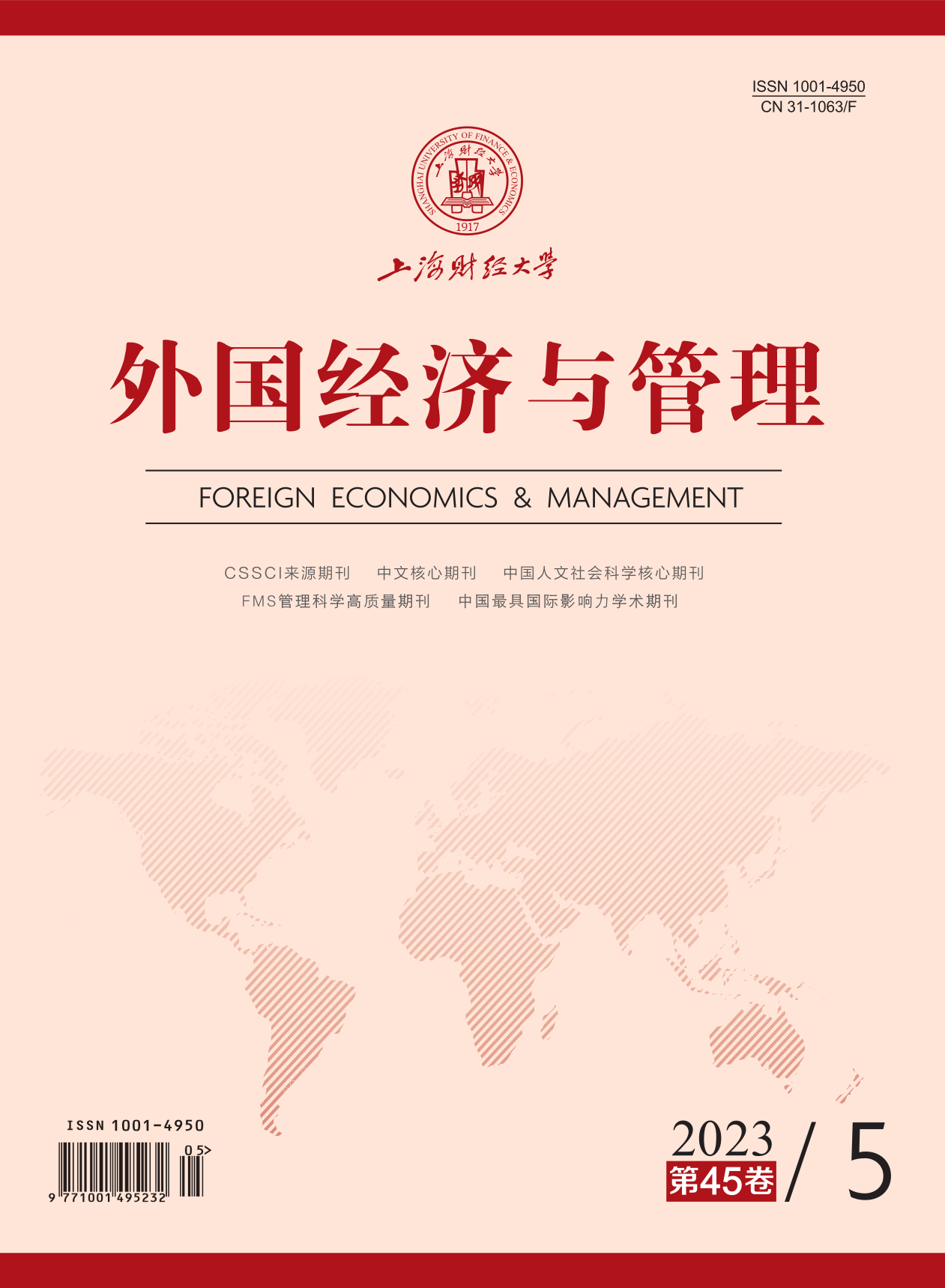With the expansion of its global economic influence, China is becoming more and more actively involved in global economic governance, especially in foreign aid cause, forming an increasingly close aid cooperation relationship among developing countries, and bringing important opportunities for the inclusive development of less developed countries and regions. At the same time, the construction of the “Belt and Road” advocated by China adheres to the concept of “building a community with a shared future for mankind” and is based on the South-South Cooperation framework. It provides assistance and investment for the economic development of countries along the “Belt and Road”, and promotes mutual benefit and win-win economic development between China and countries along the “Belt and Road”. This meets the needs of inclusive development and plays an important role in promoting inclusive development. However, existing literature mainly discusses the economic impact of foreign aid from international trade, economic growth, regional conflicts, and people’s livelihood, while ignoring the relationship between China’s foreign aid and inclusive development.
This paper constructs an endogenous growth model including foreign aid to analyze the role of aid in the welfare level of recipient countries, and empirically analyzes the role of China’s aid in the inclusive development of countries along the “Belt and Road” based on China’s foreign aid project data from AidData. The results show that China’s aid can effectively promote the inclusive development of countries along the “Belt and Road”, and it plays a role mainly by improving the public expenditure level and resident consumption effectiveness of countries along the “Belt and Road”. Heterogeneity tests find that the inclusive development role of China’s aid to countries along the “Belt and Road” is mainly reflected in official development assistance, package aid, economic infrastructure assistance, and non-transfer payment assistance, and is concentrated in countries along the “Road”, countries with a low institutional environment level, and countries with low- and middle-income. Extensive tests show that China’s aid has both short-term and long-term effects, and the former is higher than the latter.
The possible innovations of this paper are as follows: In terms of research perspective, it systematically evaluates the inclusive development effect of China’s foreign aid on recipient countries, which not only expands the research on China’s aid effect analysis to a certain extent, but also further enriches China’s foreign aid system under the background of the “Belt and Road” from the policy level. In terms of research method, it incorporates economic output and inclusiveness dimensions into the unified measurement framework to build a measure of regional inclusive development level, effectively reflecting the actual economic situation of regional inclusive development, and providing an operational and applicable measurement method and data support for the identification of inclusive development. In terms of research content, it studies the impact mechanism of China’s aid on the inclusive development of countries along the “Belt and Road” from the perspectives of capital productivity, public expenditure level and resident consumption utility, and examines the long-term and short-term effects of China’s foreign aid, so as to provide empirical support and policy inspiration for deepening China’s aid cause and promoting the “Belt and Road” initiative to benefit countries along the route.





 5028
5028  5803
5803

